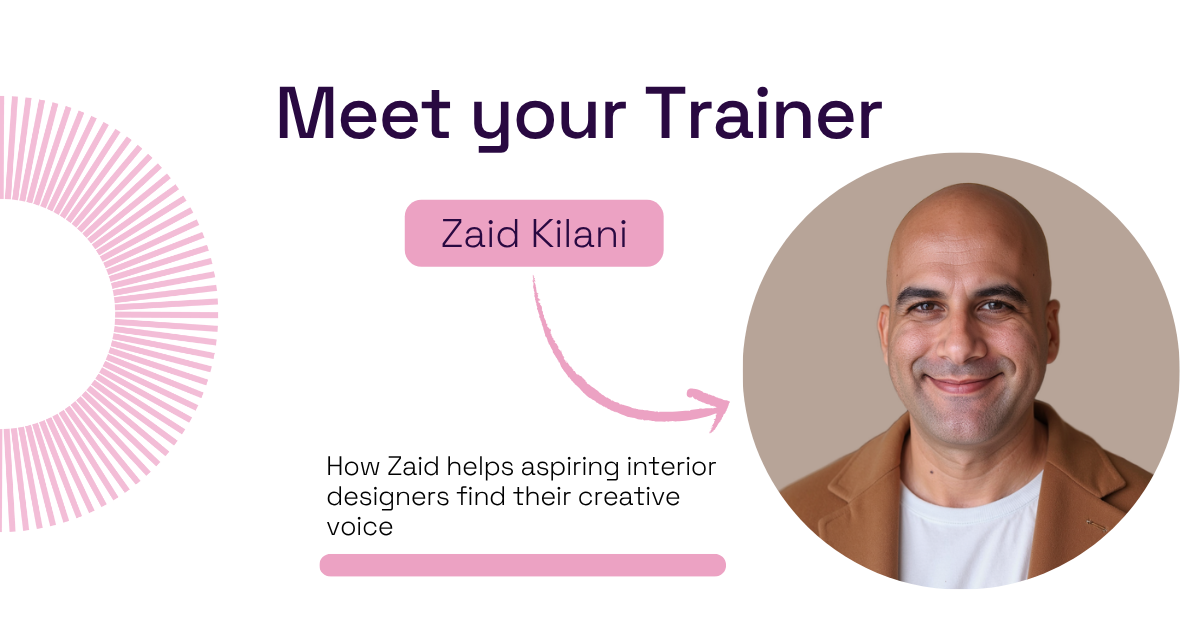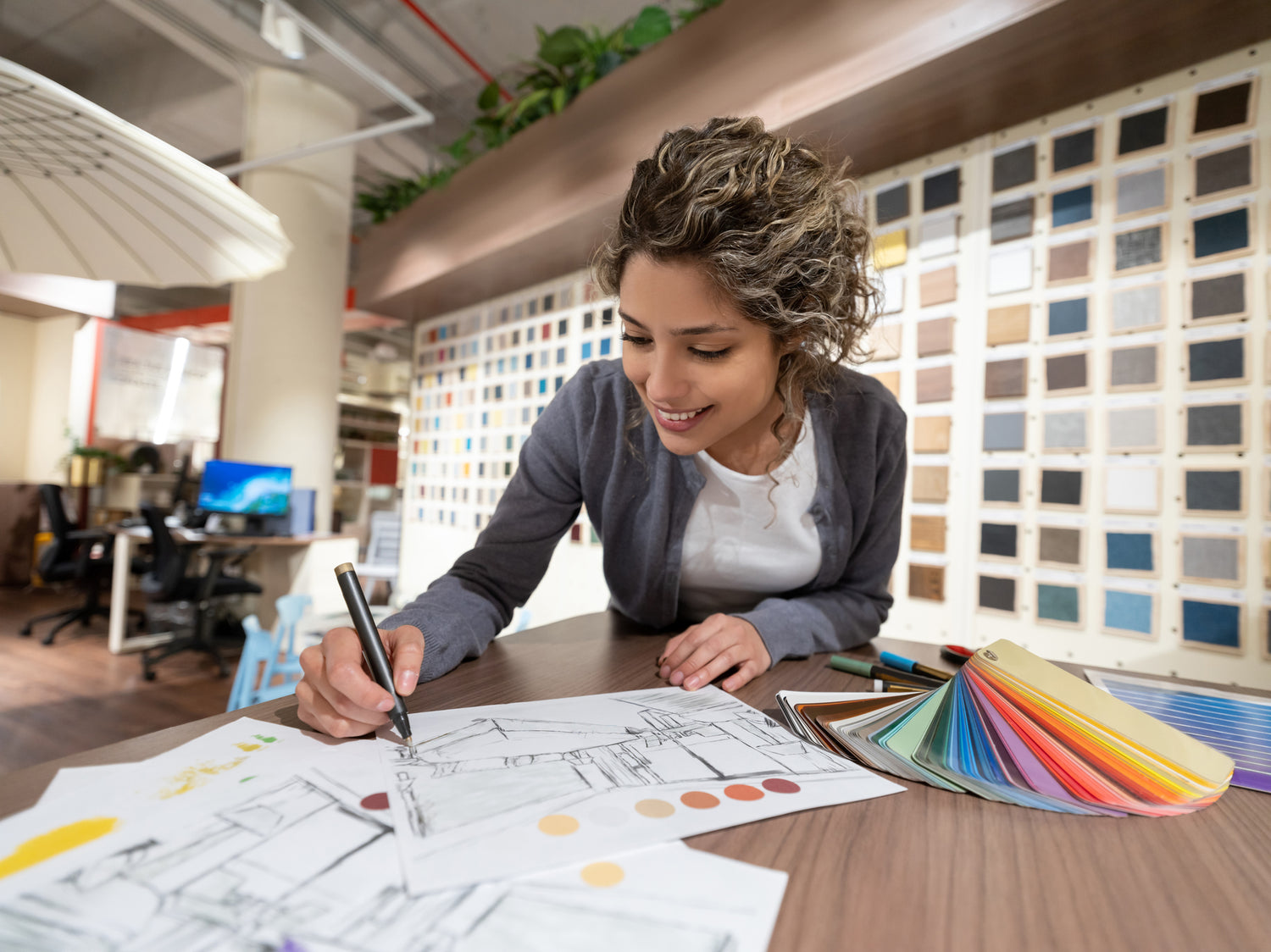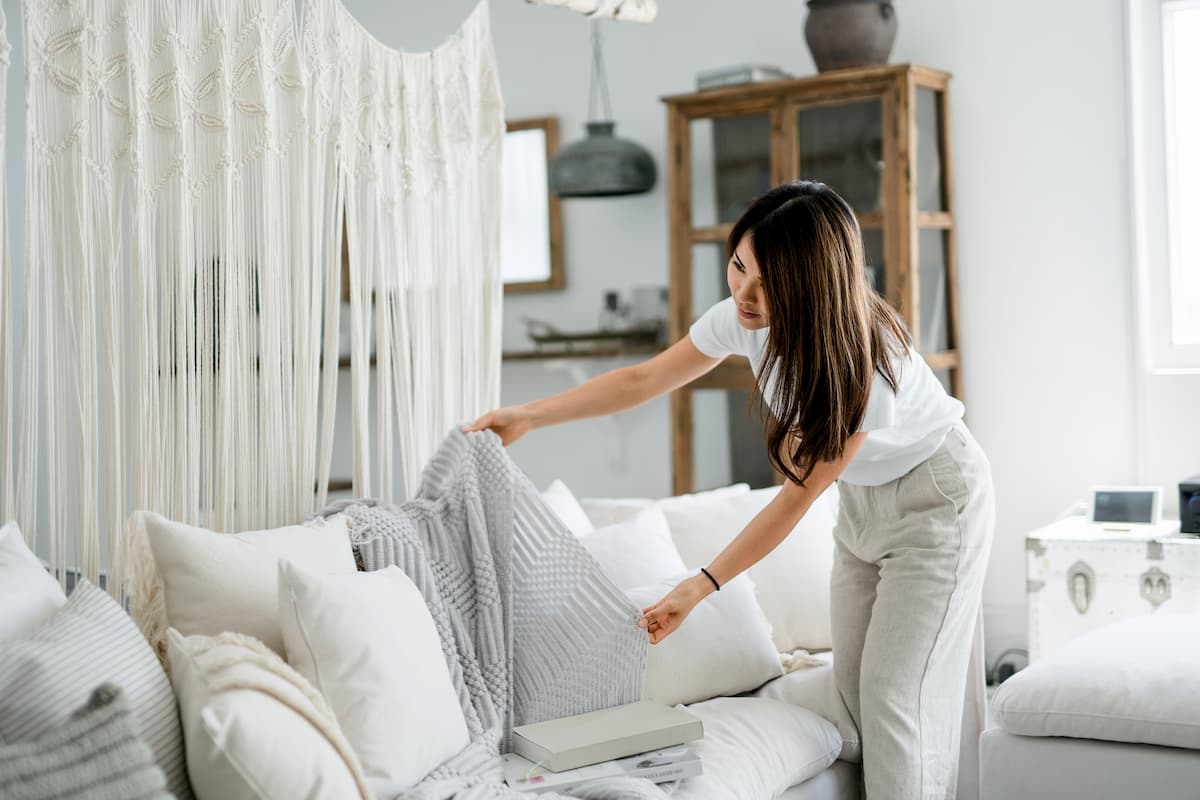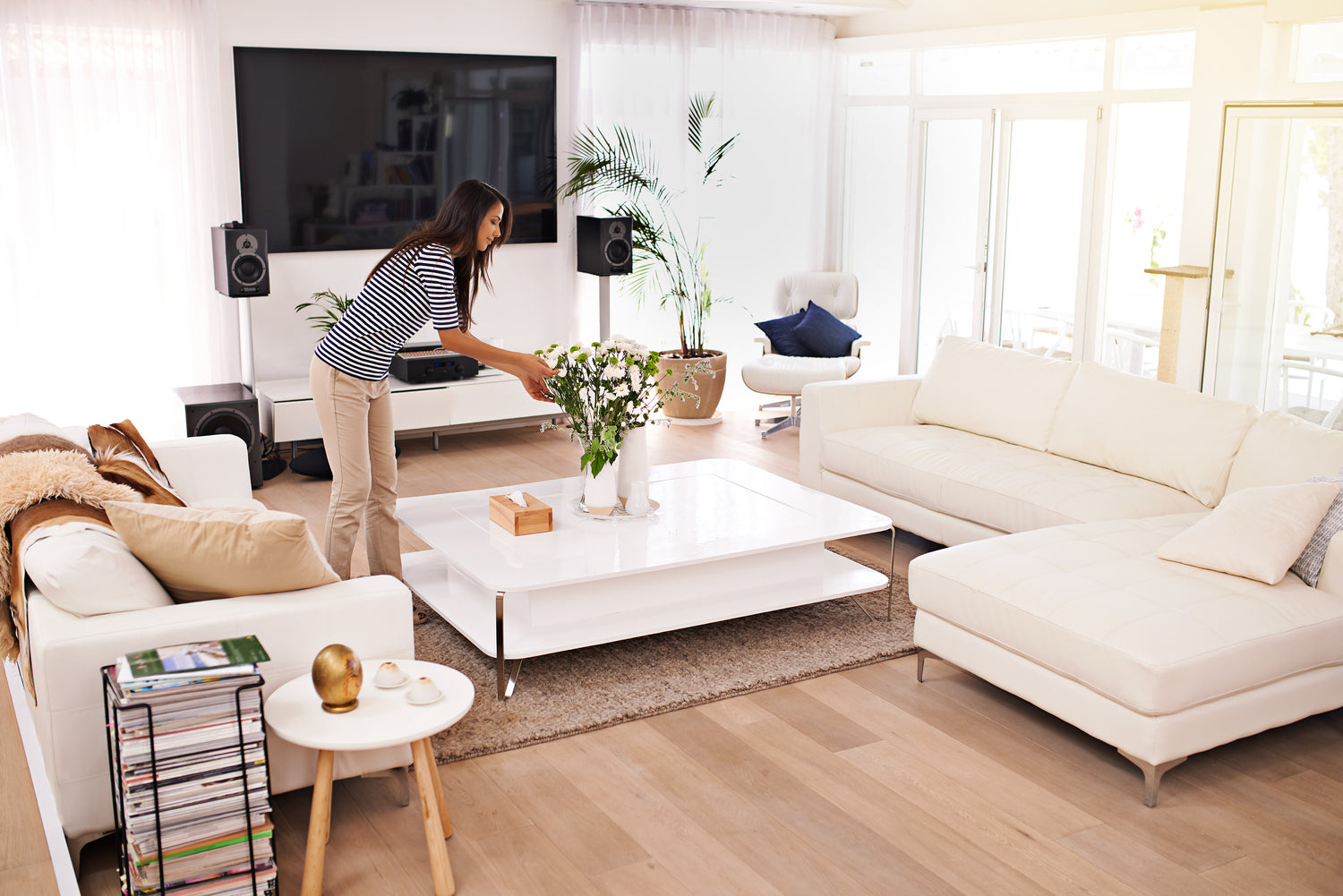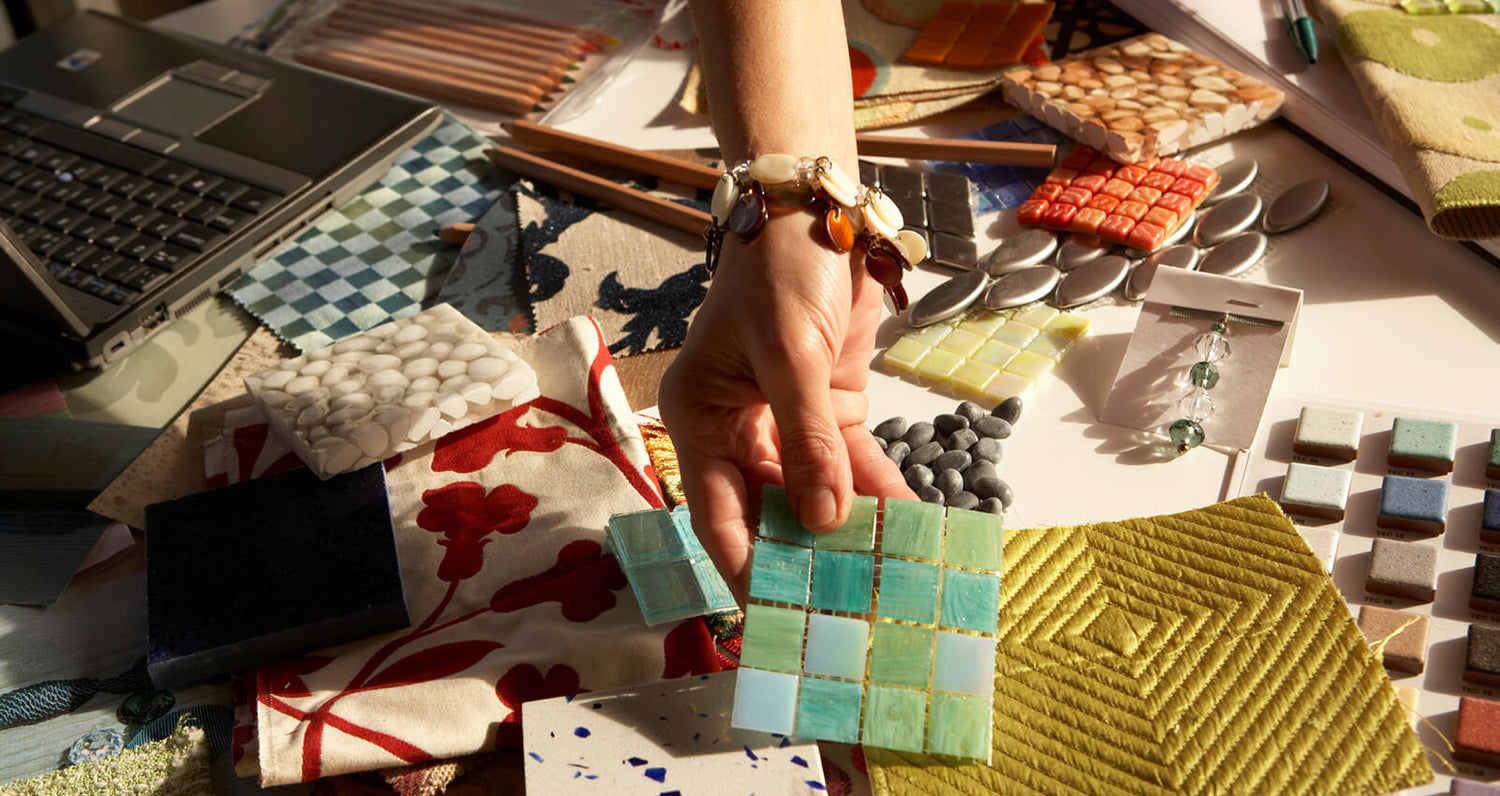Interior Decorator
As an Interior Decorator, you're a visionary who transforms spaces into beautiful and functional environments. You're not just designing rooms; you're crafting experiences. By blending aesthetics, functionality, and personality, you create spaces that reflect your clients' unique styles and aspirations. Your work is more than just choosing colours and furniture; it's about understanding your clients' needs, creating harmonious layouts, and selecting furnishings that enhance their lifestyle. With every project, you have the opportunity to create a space that inspires, comforts, and delights.
Explore your career as an:
Gender Split
Employment by State
Highest Level of education (%)
Age Brackets
*The information on this page is sourced from the Jobs and Skills Australia website, based on their occupational data collected in May 2024. Where job titles may not be exact matches, related job areas have been used. This data is intended as a guide only.
How to become an Interior Decorator
Becoming an interior decorator in Australia involves a combination of education, experience, and networking. Formal qualifications, internships, and freelancing are valuable steps. Building a strong portfolio and networking with industry professionals are also essential for success.


